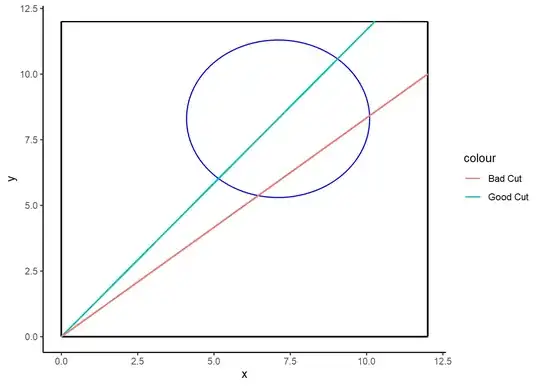You have 4 features but no target value or class?
This sounds more like a unsupervised learning task where you want to find structure within the data. If you insist on using neural networks have a look at autoencoders.
They are neural networks which aim to predict their own input. The trick is to force the system to learn a compressed representation by ensuring that the number of hidden units is smaller than the number of input units.
$|l_{input}| = |l_{output}| > |l_{hidden}|$
Once the autoencoder is trained you can use the representation of the hidden layer. If the training was successful, this representation is a lot simpler than the one of your initial data.
There are various different variants. Some give you a sparse representation, some just limit the number of active neurons. In any case, regularization is key.
In case you have two classes I would use a single hidden layer, with a sigmoid activation. The value within the hidden layer then should represent the probability of a possible two class distinction.
However, this representation is not necessary the one you intended to find. It's just the one which was found by the autoencoder. If you want to make sure that the representation is right, you might plot the data or use ICA or a similar approach.
